Gaslighting And Mental Health – Avoiding Toxic Signs
As an Amazon affiliate I earn from qualifying purchases at NO extra cost to you.
I’m going to give you a clearer picture of what gaslighting is and why it’s a mental health issue you should be aware of. Gaslighting and mental health issues are more common than you think, unfortunately.
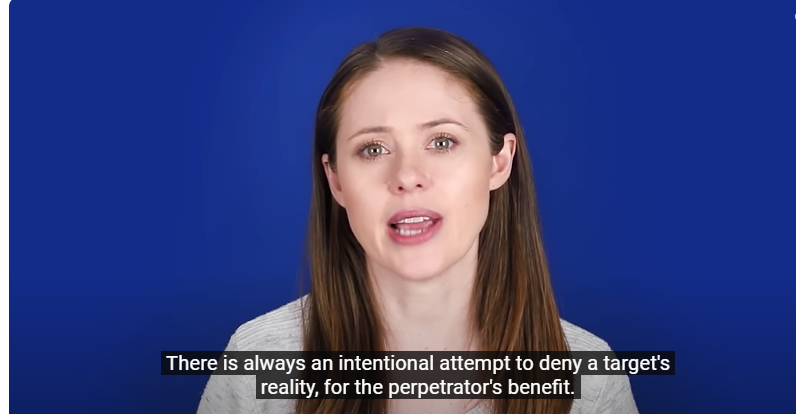
Gaslighting and Mental Health
If you are wondering about the relationship between gaslighting and mental health you have just hit the jackpot. Let me explain. In case you didn’t know, gaslighting is a form of psychological manipulation. This occurs when someone secretly plants doubt in a person’s mind, causing them to doubt their memory, perception, or sanity.
The History of Gaslighting and Mental Health
The term “gaslighting” actually comes from a play called “Gas Light” from way back in 1938. In the story, there’s this husband who keeps messing with little things around the house.
He then tells his wife she’s wrong or misremembering when she notices. By constantly telling her false information, he makes her start to doubt what’s real and what’s not. Pretty wild, right?
There is a behavioral pattern at play. You need to look for signs and symptoms.
Psychological tactics of gaslighting include all of the following:
- Blatant lying
- Denial in the face of evidence
- Belittlement of the person’s feelings.
This isn’t just about a one-off argument. No no no. It’s a repeated cycle designed to erode confidence and independence.
Gaslight and Mental Health is Not One-Dimensional
You’re going to find out about instances where this occurs. It’s not just limited to romantic relationships either. Sadly, gaslighting happens between friends, family members, in the workplace and is even seen in doctor patient instances.

Revealing Statistics
Statistics show varied numbers. One study by YouGov America found that at least 24% of Americans say they have experienced gaslighting.
Imagine starting to doubt your own memories or beliefs just because someone insisted, repeatedly, that you’re wrong. Pretty wild, right? That’s the challenging reality of gaslighting.
To understand it is to be on your way to recognizing it. Knowing how to combat gaslighting is quintessential. In the next section I’ll cover how to spot the signs in your own life.
Signs and Symptoms
I’m going to clue you in on the common signs that indicate you’re experiencing gaslighting. These red flags help you spot if someone is manipulating your perception of reality.
Second-Guessing Yourself
You might notice that you’re second-guessing yourself more often, feeling confused about your recollection of events, or losing faith in your ability to remember details correctly. These signs stem from someone consistently challenging your experiences.
Constant Self Doubt and Anxiety
The emotional and mental responses to gaslighting are varied, but they often include feelings of anxiety, constant self-doubt, and a hazy sense of reality.
Consistently Off-Balance
It’s important for your mental well-being to trust your gut. If conversations with a particular person leave you feeling consistently off-balance or undermined, there’s a chance that gaslighting is at play.
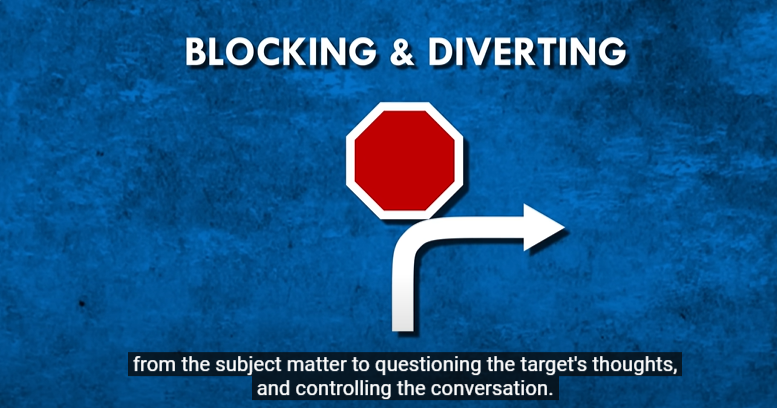
Acknowledge and Trust Your gut Feelings
I’ve come across stories where individuals ignored these signs, hoping they were just misinterpreting the situation. However, acknowledging and trusting these feelings is a crucial step in dealing with gaslighting.
Lean on Close Family and Friends
Gaslighting isn’t always obvious. This is why you need to always lean on close friends or family for a reality check. They offer you a fresh perspective, validating your feelings and experiences.
My Personal Experience with Gaslighting
Had I not ran across a comkpelling gaslighting article, I would not have known why I felt so helpless years ago. However, I had no idea what gaslighting was at the time. As I recall, there was a close family member who was definitely a gaslighter. One of my cousins was the product of a completely broken family. She was raised in a hostile environment. Her mom misused both drugs and alcohol before, during, and after my counsin was born. She experienced adverse childhood experiences.
Adverse Childhood Experience (ACE)
Adverse Childhood Experiences (ACEs) refer to traumatic or stressful events that children experience during their first 18 years of life. These experiences have a profound impact on a child’s physical, emotional, and mental health, not only during childhood but also into adulthood.
The concept of ACEs was first introduced in a groundbreaking study conducted by the Centers for Disease Control and Prevention (CDC) and Kaiser Permanente in the late 1990s. The study found that the more ACEs a person had, the higher their risk for a wide range of health problems later in life.
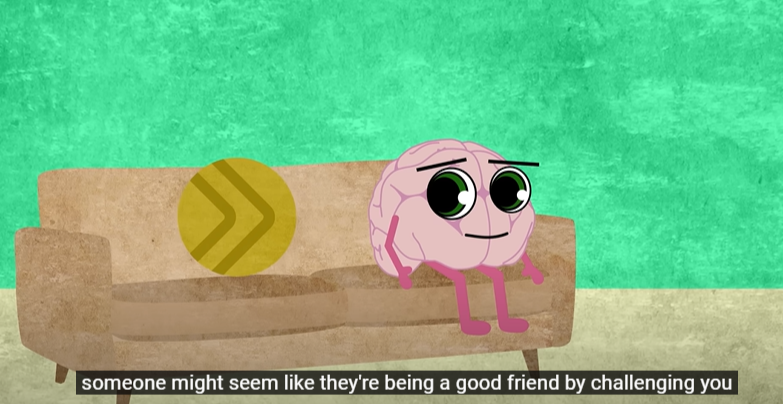
There are ten recognized categories of ACEs, which fall under three main types:
1. Abuse
- Physical abuse
- Emotional abuse
- Sexual abuse
2. Neglect
- Physical neglect
- Emotional neglect
3. Household Dysfunction
- Mental illness in the household
- Incarcerated relative
- Mother treated violently
- Substance abuse in the household
- Divorce or separation of parents
Exposure to these experiences leads to toxic stress. This disrupts a child’s brain development and increases their risk for a variety of health problems, including:
- Obesity
- Diabetes
- Heart disease
- Cancer
- Stroke
- Depression
- Substance abuse
- Suicide attempts
It’s important to note that having one or more ACEs does not necessarily mean that a person will develop these health problems. However, understanding the impact of ACEs helps healthcare providers, educators, and policymakers develop strategies to prevent and mitigate the long-term effects of childhood trauma.
Building resilience, providing support, and creating safe, stable, and nurturing environments helps children cope with adversity. It also reduces the impact of ACEs. This includes efforts such as parent education, mental health services, and community-based programs that promote healthy child development.
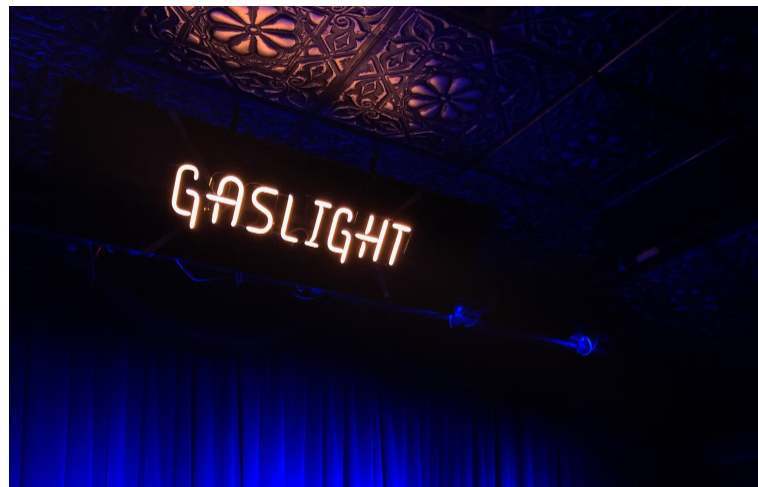
My Teen Cousin Lynne
In retrospect, my cousin and family friend Lynnette (Lyn) was very manipulative at the time. Unfortunately, she was raised in an unfriendly environment. She was often left at home by herself while her mother (a single parent) was out partying on the town.
As a result, she practically raised herself. She grew up way too fast. Her mother dropped her off at our house oftentimes. We knew that one of them would end up physically hurt. She was a train wreck waiting to happen. She was abscent from school more than she was present. The language she used in front of her mother was unbelievable.
The first summer that she stayed with us was a nighmare. Her mother called her everyday. Each conversation was progressively worse. If she wasn’t negating every word her guardian was saying, she would ghost the call or just hang up!
Gaslighting a Parent
Her disrepect, rudeness, and total gaslighting was palpable. I felt so sorry for my auntie. No mother should have to deal with this kind of behavior. She called her mother hurtful names and screamed at her every single day She called her “crazy” and said her told her she was retarded. Their confrontations grew worst and worst each day.
Unfortunately, my aunt’s life was nothing short of a nightmare. Her relationship with Lynne was on its last leg. Lynne continued to either talk back or stonewall her mother. To add insult to injury, Lyn oftentimes stayed at her friend’s house all night, worrying her mom continuously.
Gaslighting and Manipulation
My cousin Lyn also tried to get me to see things her way. When I refused, she began telling blatent lies on me as well. She oftentimes threatened to call the child protection services on her mom when she didn’t get her way.
One day she called 911 to report her mom for physical abuse, even though she had never been physically hit.
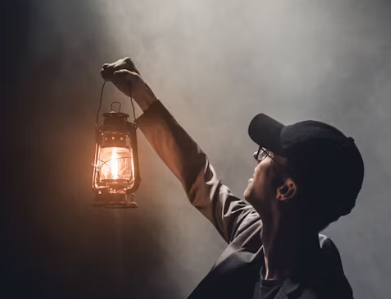
Although I had no knowledge of gaslighting, back in the day with my cousin, it was pretty evident that my aunt Mary was being gaslighted by her only daughter. Aunt Mary started to doubt her own reality. However, her life took a 180% turn for the best when she made up her mind to get help. She weanedd off the drugs and alcohol.
However, Lyn’s verbal attacks got worse and worse. No matter how hard auntie tried to communicate with Lyn, she was struck down with criticism and scorn. She verbalized that her other was pathetic and a waste of humanity. My autie often cried like a baby. I felt that I need to do something. The more I tried to bridge the gap between Lyn and auntie, the wider it grew.
Despite the fact that my auntie had completed her motherhood workshop, never missed a class in her rehab program and had also found a sponsor to hold her accountable, the mother/daughter relationship was no longer existent. It had gone south. Lynne was eventualy sent to a juvenile correctional facility, where she rightfully belonged.
To help her stay out of juvenule hall, Lynne’s probation officer placed in a transitional school program for high risk teens. However, she eventually dropped out and decided to live with her much-older boyfriend. Aunt Mary ended up in more intense therapy and succumbed to a regime of anti-depressants.
The Moral of the Story
Anyone, any age is capable of gaslighting. It can happen to anyone. So, pay attention to people who may fit the gaslighter’s protocol. Remember to guard your heart and mind.
Amanda Knox Gaslighting Odyssey
Have you heard the story of Amanda Knox? It’s a tale that’s both heartbreaking and inspiring. Back in 2007, Amanda was a 20-year-old college student studying abroad in the beautiful hilltop town of Perugia, Italy. She had no idea that her life was about to take a dramatic turn.
Tragically, one of Amanda’s roommates, Meredith Kercher, was brutally assaulted and murdered by a burglar who broke into their home. In the aftermath of this horrific crime, Amanda found herself wrongfully accused of being involved in Meredith’s death. She was locked up in an Italian prison and put on trial for a murder she did not commit.
Psychological Manipulation Through Interrogation
Throughout her ordeal, Amanda was subjected to a form of psychological manipulation known as gaslighting. Her interrogators tried to control her reality by depriving her of sleep and telling her that her memories were false. They even hit her in an attempt to get her to “remember” things differently. It was a textbook case of gaslighting tactics used to manipulate someone’s version of events.

Twenty Six Years in Prison
To make matters worse, the media jumped on the story and spread the false narrative that Amanda was a murderer. She had to sit in a courtroom and listen to a judge tell her that she was guilty and would spend the next 26 years in prison, even though she was innocent. It was a deeply traumatic experience.
Amanda’s Resilience and Aquittal
Despite the incredible challenges she faced, Amanda found ways to survive. She focused on taking things one day at a time and finding small ways to make life worth living, even in the darkest of circumstances. It’s a testament to her strength and resilience.
After being acquitted and released from prison, Amanda faced another round of legal battles when her prosecutor appealed the decision and tried her again for the same crime. She spent another four years in limbo, facing the possibility of extradition back to Italy. In 2015, she was finally and definitively acquitted of the murder.
The Effects of Gaslighting Lingers
Although she is now free, the effects of the gaslighting Amanda experienced still linger. She lives with a kind of automatic suspicion and walks through the world trembling at anything that sounds like a thunderstorm. It’s a reminder of the long-lasting impact that psychological manipulation has on a person.
Rising From the Ashes of Gaslighting
But Amanda’s story is also one of hope and healing. She has become an author, an advocate for criminal justice reform and media ethics, a wife, and a mother. She has confronted the trauma of her past and worked hard to rebuild her life. Her willingness to be vulnerable and take risks in pursuit of her goals is truly inspiring.
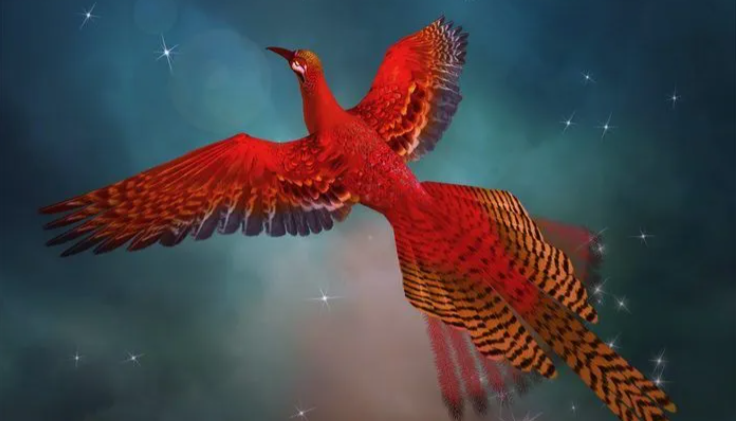
Resourceful Information About Gaslighting
If you’re interested in learning more about gaslighting and its effects, there are some great resources available. The books “The Gaslight Effect” and “The Gaslight Effect Recovery Guide” by Robin Stern provide a comprehensive look at this form of manipulation and how to recover from it.
The article “The Sociology of Gaslighting” by Paige Sweet, published in Sage Journals, offers a sociological perspective on the phenomenon. Sarah Edmonson’s book “Scarred” and Steven Hassan’s book “Freedom of Mind” also explore the topic of psychological manipulation and control.
Manipulation & Justice: Amanda Knox’s Gaslighting Odyssey Podcast
Amanda’s full podcast interview, titled “Manipulation & Justice: Amanda Knox’s Gaslighting Odyssey,” is also worth checking out if you want to hear her story in her own words. It’s a powerful reminder of the resilience of the human spirit and the importance of standing up for the truth, even in the face of incredible adversity.
Gaslighting’s Impact on Mental Health
Now, this isn’t just about everyday misunderstandings. Gaslighting seriously messes with your head. It starts with a bit of doubt and grows into full-blown distress if you’re on the receiving end.
Freedon From Confusion
If you’re constantly second-guessing yourself or feeling confused, you must look deeper. Gaslighting is capable of nibbling away at your mental health, don’t you see? Sometimes it causes real damage before you even realize what’s happening.
Freedom From Chronic Stress and Delusion
Evidenced-based research ties gaslighting to anxiety, depression, and even PTSD. It’s crucial to know that you’re not alone if you’re experiencing these symptoms. Statistics show a significant correlation between prolonged exposure to gaslighting and the development of mental health disorders.

Gaslighting Creates a Psychological Run-Away Train
Take it from the experts: mental health professionals see the strain gaslighting puts on the mind. They say that chronic gaslighting induces a psychological tailspin. Trust me, the impact on your trust, self-worth, and emotional stability pretty severe.
Victory Over the Enemy
I’ve listened to many stories of resilience and recovery. Survivors share how peeling back the layers of confusion restored their confidence and mental health. Each story is a victory over gaslighting’s grip. A victory of one is helpful to all.
Breaking Free From Gaslighting
Figuring Out What To Do Next
Realizing you’re experiencing gaslighting is a revelation. It’s like finding out someone’s been draining your mental health bank account without you noticing it. It’s a big step to see what’s happening. But figuring out what to do next is crucial! I’m here to help you with that.
Identifying GasLight and Keep a Journal
First off, it’s about identifying the situation clearly. If you’re doubting your own feelings and memories, it is time for a reality check. Jot down notes or keep a journal. This is your concrete evidence that, yes, you’re not imagining things.
Safely Withdraw Your Presence
Confronting the person gaslighting you is a dicey matter. Approach them if you feel safe, but remember, your well-being comes first. Sometimes, the best confrontation is to withdraw your presence from their life. That’s a powerful statement on its own.
Rebuild Your Self-Esteem With Therapy
Professional help changes the game. Therapy isn’t just for crises. It’s a way to get your bearings back. Therapists offer you tools for debunking gaslighting and rebuilding your self-esteem. Look for therapists specializing in emotional abuse or cognitive behavioral therapy (CBT).
Self-Care for Restoration
Self-care sounds like a buzzword, but here it’s your armor. Choose something that resonates with you, whether it’s meditation, exercise, or something creative. It helps you to divert your mind from the negative loop and restores a sense of control.
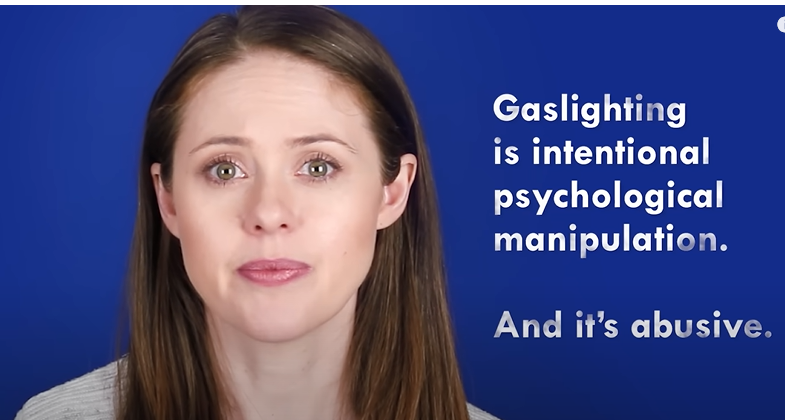
Set Boundaries
Setting boundaries is another piece of the puzzle. It’s your right to demand respect and to step back when your limits are pushed. Don’t worry too much about being ‘nice‘—being healthy is more important.
I really hope that implementing these strategies leads you to a better place. It’s essential as they flow into preventive measures. Time to explore your options. Let’s learn how to build awareness and resilience to shield your mental wellness from the effects of gaslighting.
Preventing Gaslighting
Awareness is the First Line of Defense
Awareness is your first line of defense against gaslighting. When you know what gaslighting looks like, you’re better equipped to avoid and confront it. But this isn’t just about identifying gaslighting. It’s also about fostering environments where it’s less likely to thrive.
Healthy Communication is Key
Healthy communication is the heartbeat of strong relationships, whether personal or professional. Encouraging openness and mutual respect goes a long way in preventing gaslighting. Choose something that resonates with you, whether it’s a book, a workshop, or a webinar on effective communication, and make it a part of your learning journey.
Call Out Gaslighting
If you want to create a change, start with your immediate circle. Make it a point to call out gaslighting when you see it. Don’t worry too much about being confrontational. Focus instead on being constructive and helping those around you understand the impact of their actions.
Surround Yourself With Supportive People
A strong support network is invaluable. Surround yourself with people who uplift you and affirm your reality. These include friends, family members, or support groups. Choose individuals who understand what you’re going through. They provide the perspective you need when you’re doubting yourself.
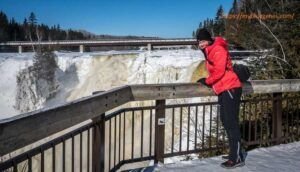
Moving Forward
Remember, your first attempt at addressing gaslighting doesn’t need to be your last. You’ll learn to adjust your approach down the road. The important thing is to start taking steps toward change. You’ll find that with each step, you gain more strength and clarity.
Final Thoughts
I really hope that you’ve found this guide useful. There’s a lot of opportunity in understanding and confronting gaslighting. It is not just for the sake of individual health, but for the well-being of society.
You’re not alone in this. There are resources out there to help. I’d love to hear your feedback, so feel free to share your thoughts and experiences.
Founder, Rachele
(w) mybluegenes.com
(e)rachele@mybluegenes.com


One Comment